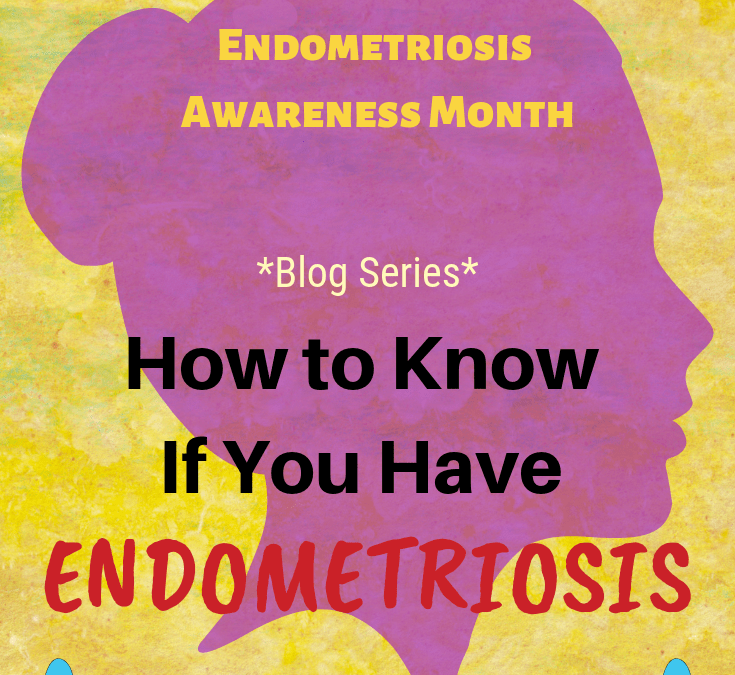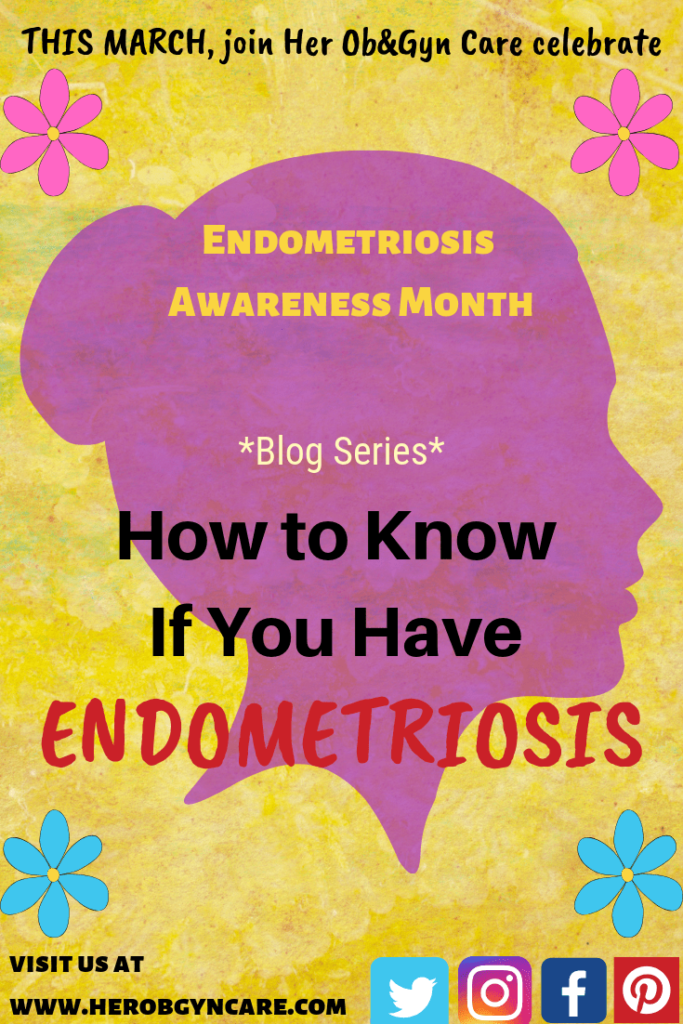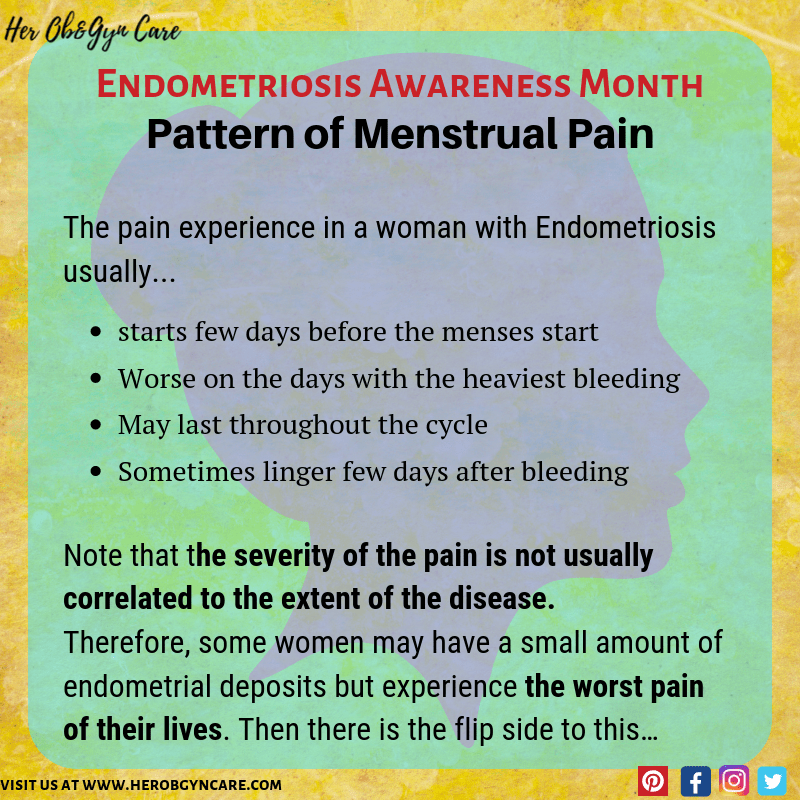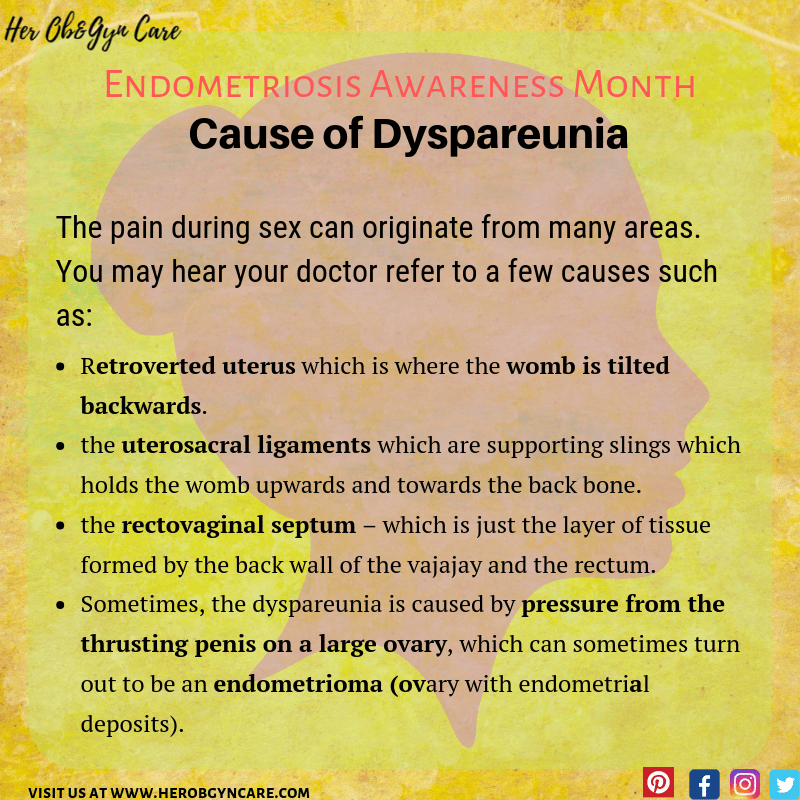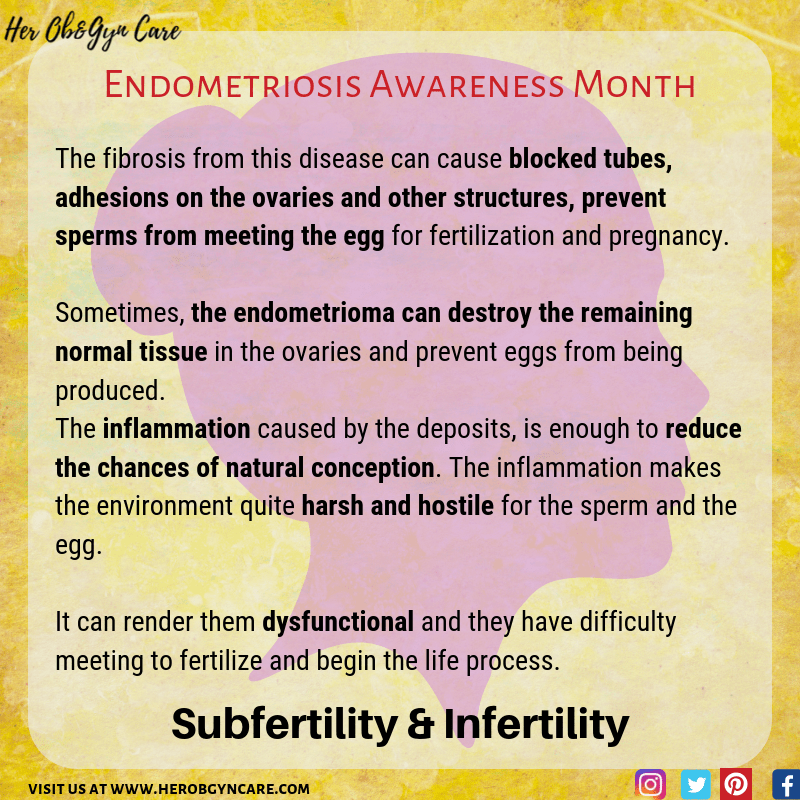Hey Lovies!
It’s great to have you join us again!
We are in the 2nd blog post in our short series. Today, you will know how to tell if you have symptoms of Endometriosis.
March is Endometriosis Awareness Month. We started our campaign with a post asking women what they really knew about endometriosis and explaining what it is.
If you missed it, you can read it by clicking the link to the post right here 👉 What Do You Really Know About Endometriosis
Today, we continue in the series where we tell you the symptoms of endometriosis.
As usual, it will be super short but knowledge-packed. So, put on your thinking cap and let’s get to learning.
Normal Tissue in Abnormal Places
As I said in the first post of this series, Endometriosis affects many organ systems of the body.
It primarily affects the reproductive system. We will look at those effects first. Then, we will elaborate on how it affects the other systems of the body.
Today, we will look at how it affects the
- Reproductive system
- Urinary system
- Gastrointestinal system
- Pulmonary system
- Skin
Endometriosis and the Sexual & Reproductive System
#1 Severe Menstrual Pain (Cramps Attack)
Most women who have Endometriosis experience dysmenorrhoea (painful periods). There is no joke about this. This type of pain is usually severe.
Therefore, all the women who experience severe menstrual cramps should be investigated to rule out Endometriosis. You will see why when I tell you about the debilitating effects of this disease.
Some women may have endometrial deposits in multiple areas of their bodies but experience a small fraction of pain compared to other women.
#2 Chronic Pelvic Pain (CPP)
This is the second most common manifestation of endometriosis. Actually, based on a review in 2013 by Triolo et al, up to 33% of women with CPP suffer from endometriosis.
There are many factors which may produce this chronic pain. They are too technical to explain so I will spare you the details. Research is still ongoing to find out the exact root cause of chronic pelvic pain.
But… just to state…. it all has to do with the endometrial deposits being in areas with rich nerve supply, fibrosis and the prostaglandin release when these deposits bleed.
Chronic Pelvic Pain often manifests as the presence of pain often in the lower abdomen, lower back pain, pain during defaecation, urination, exercise and ovulation.
I will elaborate some more on this as I go through how endometriosis affects the other organ systems.
#3 Painful Sex
We refer to this symptom as Dyspareunia. With endometriosis, there is deep pain with intercourse. That is, upon penile thrusting, there is pain.
Most women will present to their Ob&Gyn specialist when they have dyspareunia and this is of course, for obvious reasons…. SEX SHOULD NOT BE PAINFUL.
The pain occurs due to stretching of the affected pelvic tissues including the ligaments which support the pelvic organs.
#4 Irregular bleeding
The presence of endometrial deposits in an ovary (Endometriomata) can cause an abnormality on the production of sex hormones in the ovaries.
This imbalance can manifest as irregular bleeding which may precede or follow the normal menses and occur randomly.
It is often a case of spotting rather than a heavy bleed.
#5 Post-coital Bleeding
This is what your Ob&Gyn specialist calls ‘bleeding after sex’. Some women may have endometrial deposits in the vajayjay or even the cervix.
In these women, bleeding after intercourse is a common manifestation of endometriosis.
#6 Subfertility & Infertility
This is the most dreadful part of Endometriosis. It is often a heart-breaking discovery and sometimes, the treatment may not be able to reverse the disease process to give women a chance at natural conception.
Sometimes, surgery is unable to fix these problems and assisted reproductive technologies, ART, have to be used.
Hence, the reason why your Ob&Gyn will always make the effort to get you started on treatment, once the diagnosis is made.
We will talk about the treatment options available for Endometriosis in our next post. Look out for it in the post How to Treat Endometriosis.
Endometriosis & the Gastrointestinal System
#1 Painful Defaecation
We call this symptom Dyschezia. This occurs when there are endometrial deposits in the rectum.
Rectal pain is experienced mainly occurs during passage of stool. However, it may occur outside of this. The pain is often sharp and severe. Dyschezia is sometimes coupled with constipation because of the pain.
#2 Bloody Stool
This is referred to as Haematochezia. The bleeding occurs from endometrial deposits in the bowel.
The bleeding can occur anywhere along the colon such as the rectum and sigmoid area.
The blood is sometimes bright red.
#3 Bowel Obstruction
This is a rare but troublesome symptom if it arises. This tends to occur in the later stages of the disease when there is quite a lot of scar tissue and fibrosis, which obstructs the flow pattern in the bowel leading to the obstruction.
Luckily, the obstruction is often incomplete and may be treated conservatively; i.e., without surgery.
Endometriosis & the Urinary System
#1 Painful Urination
This is medically called Dysuria. Similar to the rectum, the deposits go to the bladder.
Therefore, severe pain is experienced with passage of urine.
#2 Bloody Urine
This is called Haematuria. The bleeding can arise from deposits anywhere along the conduits for the urine as it is removed from the body. The most common place for deposits is the bladder.
The bleeding may occur during the menses or outside the regular menses.
#3 Irritation
There are other irritable symptoms such as
- Frequent urination
- Intense urgency to empty bladder once full
- Pain when bladder is full
GO TO PAGE 2

